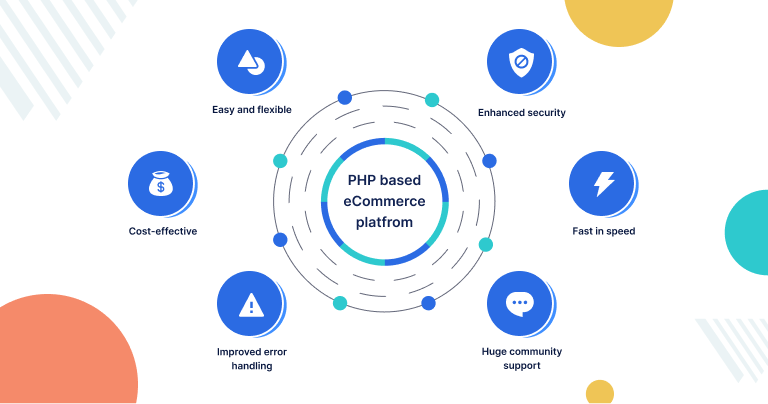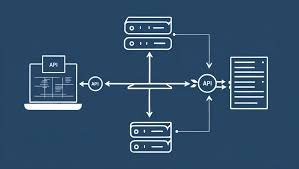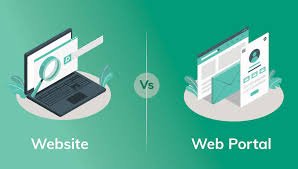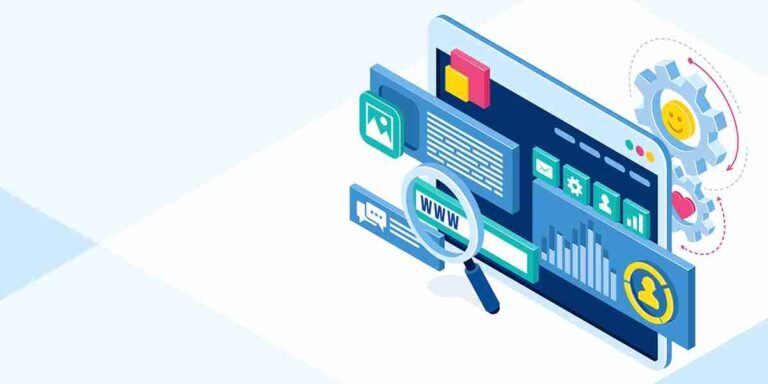How to Create a PHP-based E-commerce Platform

Creating a PHP-based e-commerce platform offers businesses a flexible, scalable, and cost-effective solution to sell products online. At Mountain Techno System, we specialize in developing robust e-commerce systems that harness the power of PHP to build customized, secure, and feature-rich online stores. Whether you’re starting a new business or upgrading your existing platform, PHP provides the tools and flexibility you need to create an efficient, user-friendly e-commerce website. In this guide, we’ll walk you through the essential steps to build your own PHP-based e-commerce platform.
In today’s digital era, establishing an e-commerce platform is crucial for businesses to reach a global audience. PHP is an excellent choice for building e-commerce websites due to its performance, scalability, and integration capabilities. At Mountain Techno System, we understand the importance of building a platform that not only supports transactions but also provides a seamless shopping experience for customers.
Here’s a step-by-step guide on how to create a PHP-based e-commerce platform:
1. Planning and Requirements Analysis:
Before starting the development process, it’s important to understand the scope of your e-commerce platform. Define key features such as product catalogs, payment gateways, shopping cart, and user registration. This will give you a clear vision of the technical requirements for your website.
2. Choosing the Right PHP Framework:
PHP frameworks like Laravel, Symfony, or CodeIgniter can speed up development and provide a solid foundation for your e-commerce platform. These frameworks come with built-in libraries for routing, security, and database management, allowing you to focus on customizing the platform to meet your needs.
3. Building a Secure Database Structure:
A secure database is at the core of any e-commerce platform. Use MySQL or PostgreSQL to store product information, customer data, order details, and transaction history. Ensure the database schema is optimized for performance and includes encryption for sensitive customer information like passwords and payment details.
4. Creating a Product Catalog:
Develop a product catalog that allows easy management of products, categories, and pricing. PHP can integrate with a database to display product details dynamically and enable filtering options based on price, categories, and product attributes.
5. User Authentication and Registration:
A robust user authentication system is essential for any e-commerce platform. With PHP, you can implement secure user registration, login, and account management features. Utilize password hashing and encryption techniques to ensure customer data is secure.
6. Shopping Cart and Checkout:
Build a shopping cart feature that allows users to add and manage products before checking out. PHP can handle cart calculations, such as total price, taxes, shipping costs, and discounts. Integrate a secure checkout system where users can select payment methods and review their orders before completing the purchase.
7. Integrating Payment Gateways:
Integrating payment gateways such as PayPal, Stripe, or credit card processing allows customers to pay securely online. PHP has the ability to work seamlessly with these gateways, ensuring smooth and secure transactions on your platform.
8. Implementing Order Management:
Order management is vital for tracking customer orders, processing payments, and updating inventory. With PHP, you can automate order status updates, send email notifications, and integrate with shipping services for order fulfillment.
9. Mobile Responsiveness and UX/UI Design:
Ensure that your PHP-based e-commerce platform is mobile-friendly and offers an intuitive user experience (UX). Use responsive web design techniques to ensure your platform looks great and works seamlessly on all devices, from desktops to smartphones.
10. Security Measures:
Security is a top priority for e-commerce platforms. Implement SSL certificates, secure login systems, and regular security patches to protect your platform and user data. PHP offers built-in functions for data sanitization and security, such as preventing SQL injection and cross-site scripting (XSS) attacks.
11. Testing and Launch:
Thoroughly test the platform for bugs, performance issues, and security vulnerabilities. Once you’ve tested your platform, deploy it on a secure hosting environment, and promote it to your target audience.
Building a PHP-based e-commerce platform requires attention to detail and expertise in web development. At Mountain Techno System, we leverage the power of PHP to deliver high-performing, secure, and user-friendly online stores. Whether you need a simple online shop or a complex e-commerce system, we can tailor a solution that fits your business needs.














